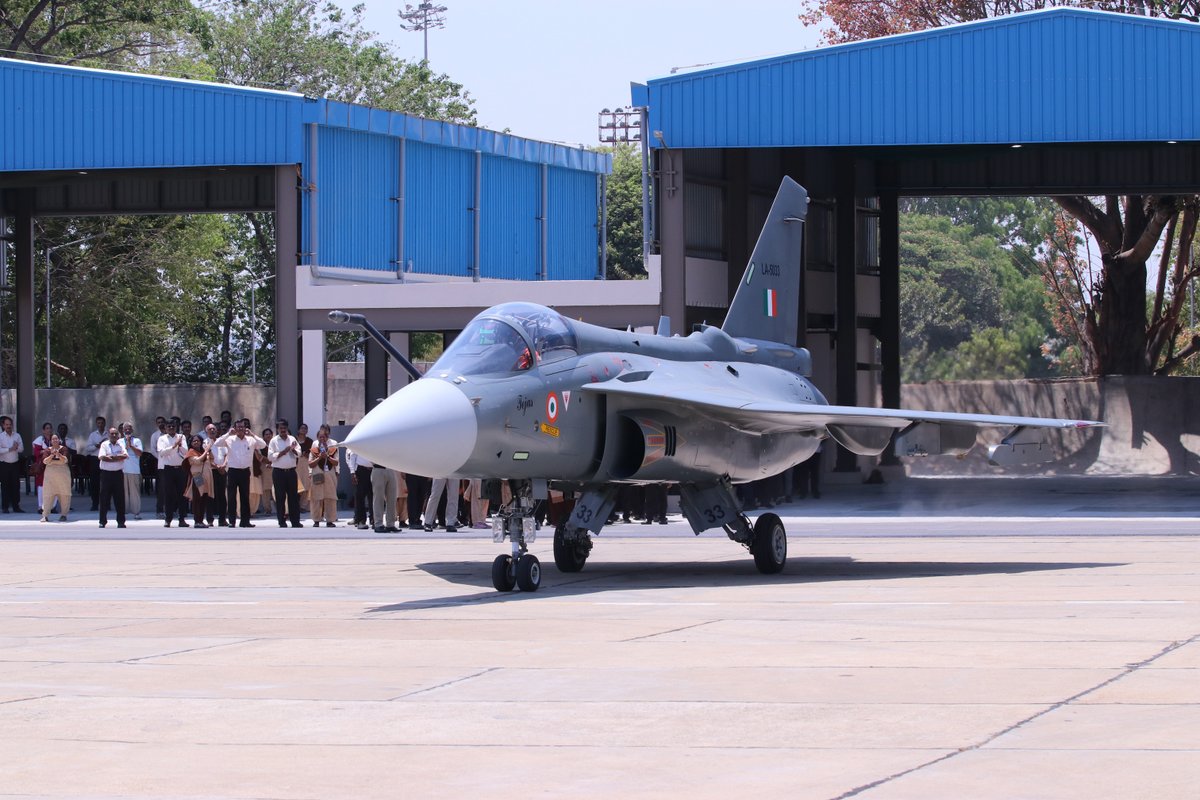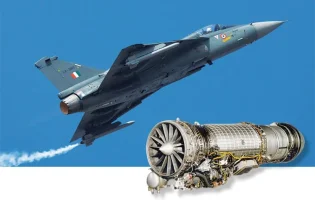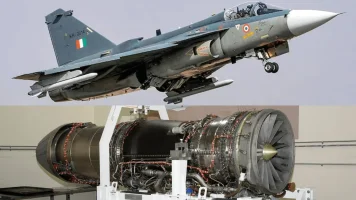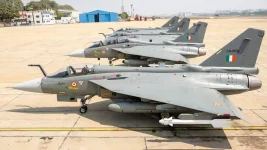- Views: 745
- Replies: 11

India's domestically produced Tejas Mk1A Light Combat Aircraft (LCA) is entering a pivotal phase of development as it prepares for a series of crucial weapons tests at the Pokhran firing range.
The successful integration of advanced weaponry is essential for the Tejas Mk1A to achieve operational clearance and join the Indian Air Force (IAF) later this year.
The Tejas Mk1A represents a significant upgrade over its predecessor, incorporating a state-of-the-art EL/M-2052 Active Electronically Scanned Array (AESA) radar from Israel's Elta Systems.
This necessitates rigorous testing and validation to ensure seamless compatibility with the aircraft's air-to-air and air-to-ground weapons systems.
The sprawling Pokhran range in Rajasthan will provide the ideal backdrop for the Tejas Mk1A's weapons integration trials. These tests will meticulously assess the aircraft's ability to effectively utilize its arsenal under realistic combat scenarios.
Upon successful completion of the weapons trials and subsequent operational clearance, the first squadron of Tejas Mk1A fighters is slated to be inducted into the IAF and stationed at the Nal airbase in Rajasthan.
Significantly, two Mk1A jets will be deployed near the India-Pakistan border, reinforcing India's air defense capabilities in a sensitive region.
The Tejas Mk1A's upgraded AESA radar, advanced electronic warfare suite, and expanded weapons compatibility promise to bolster the IAF's operational effectiveness. The platform's deployment along the border highlights India's commitment to maintaining a robust deterrent posture.
The Tejas Mk1A program is a testament to India's growing aerospace prowess. Its successful development and the impending weapons testing mark a significant milestone in India's pursuit of self-reliance in defense technology.



